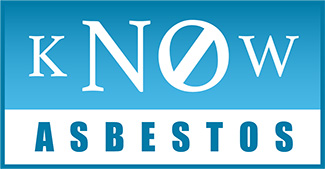What is considered a renovation and demolition?
Renovation can include altering a structure, facility or its components. Structures include houses, garages, mobile homes, commercial buildings, bridges, pole-buildings, canopies, lean-tos, foundations, etc. Activities often associated with renovation include:
remodeling a residence or other building, inside or out
replacing, repairing, or disturbing floors walls, ceilings, siding, roofing, heating, plumbing, or electrical systems
small scale remodeling projects (e.g., carpet removal, window replacement, new furnace installation)
altering a structure or component (e.g., wall, pipe, equipment, etc.) in any way, other than demolition
Demolition usually involves the wrecking, leveling or dismantling of a structure. Demolition activities include:
- wrecking or taking out any load-supporting structural member
- using a structure for structural fire training
- moving a structure to a different location
What are the Renovation and Demolition Requirements?
The National Emission Standards for Hazardous Air Pollutants (NESHAP) regulations under the Clean Air Act specify work practices for asbestos to be followed during demolitions and renovations of all structures, installations, and buildings (excluding residential buildings that have four or fewer dwelling units). The regulations require the owner of the building or the operator to notify the appropriate state agency before any demolition, or before any renovations of buildings that could contain a certain threshold amount of asbestos or asbestos-containing material. In addition, particular manufacturing and fabricating operations either cannot emit visible emissions into the outside air or must follow air cleaning procedures, as well as follow certain requirements when removing asbestos-containing waste.
Depending on where you live, the NESHAP regulations may apply or there may be additional requirements for your location. Check with state and local environmental, safety and permitting agenciesfor specific requirements in your area.
What about asbestos in schools?
Public and non-profit private schools have distinct regulatory requirements for the management of asbestos.
The Asbestos Hazard Emergency Response Act (AHERA)’s Model Accreditation Plan (MAP) requires that asbestos professionals (including any worker, contractor or supervisor, inspector, management planner, or project designer) working with asbestos-containing building materials in a school, public or commercial building be accredited under a training program at least as stringent as the EPA Model Accreditation Plan (MAP).
Requirements will vary by jurisdiction. Check with state and local environmental, safety and permitting agencies for specific requirements in your area.


